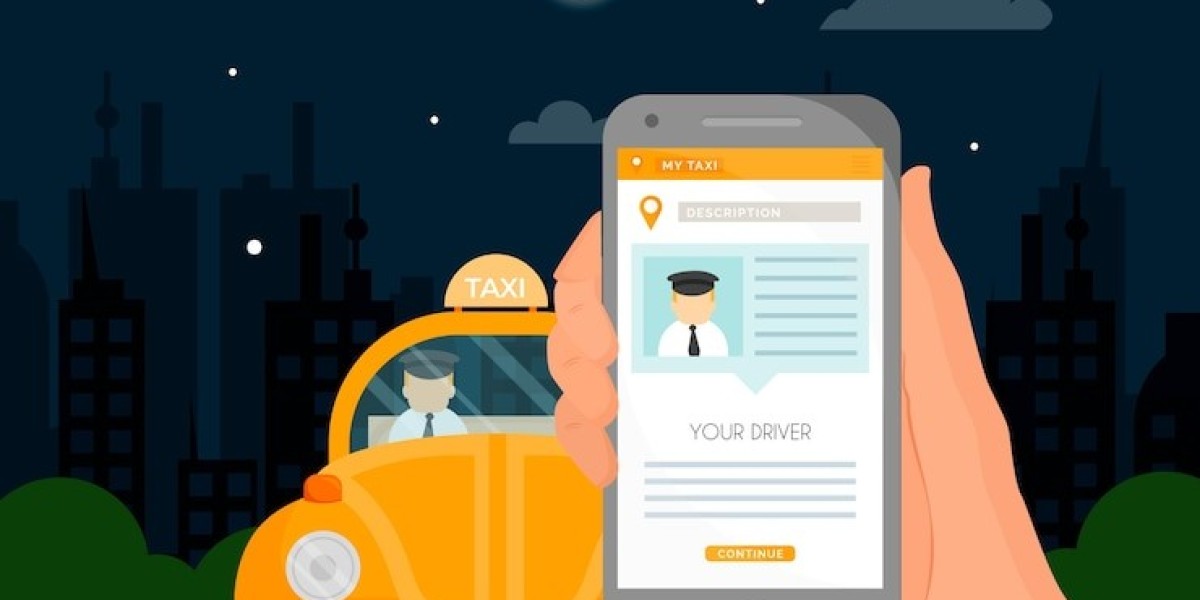The on-demand ride-hailing industry has experienced massive growth over the last few years, with Uber at the forefront of this revolution. As businesses seek to capitalize on this trend, many are developing Uber clone apps to offer similar services. However, building an Uber-like app requires more than just mimicking the interface; it requires integrating robust technologies that ensure scalability, efficiency, and a seamless user experience.
Cloud Infrastructure for Scalability
Why Cloud Computing Is Essential
The core of any Uber clone app lies in its ability to handle a large volume of users, requests, and data simultaneously. Cloud infrastructure provides the necessary flexibility and scalability that allow the app to grow and handle increased traffic. Using cloud services, you can expand or reduce your computing resources based on demand without investing heavily in physical servers.
Leading Cloud Providers
Some of the most popular cloud platforms used for developing Uber clone apps include Amazon Web Services (AWS), Google Cloud, and Microsoft Azure. These platforms provide a range of services like storage, networking, and analytics, helping to ensure the app performs well under varying load conditions.
Real-Time Tracking with GPS and Mapping APIs
Importance of GPS Tracking
Real-time tracking is one of the most critical features in a ride-hailing app, allowing users to view the live location of their driver and providing drivers with directions to the pick-up and drop-off points. To build this functionality, you need to integrate reliable GPS and mapping technology.
Key Mapping APIs
Google Maps and Mapbox are two of the most widely used mapping APIs for Uber clone apps. Google Maps offers detailed and accurate location data, while Mapbox provides more customizable mapping solutions. Both platforms allow for features like real-time navigation, distance calculations, and estimated time of arrival (ETA).
Payment Gateways for Seamless Transactions
Importance of Secure Payment Integration
A crucial aspect of any Uber clone app is a seamless and secure payment system that allows users to pay for their rides within the app. This system must support multiple payment methods, including credit cards, debit cards, mobile wallets, and even cryptocurrency.
Popular Payment Gateway Technologies
To integrate payments, you’ll need to use technologies like Stripe, Braintree, or PayPal. These platforms offer robust APIs that ensure secure transactions through encryption and two-factor authentication. Additionally, they support various payment methods and currencies, ensuring global scalability.
Push Notifications for User Engagement
Role of Push Notifications
Push notifications are essential for keeping users engaged and informed throughout their journey. Whether it's to notify users about their driver’s arrival, payment confirmation, or updates on promotions, this feature enhances the user experience.
Push Notification Tools
Firebase Cloud Messaging (FCM) and OneSignal are two commonly used platforms to manage push notifications. These tools enable you to send real-time notifications to users based on their location, ride status, or other app interactions, ensuring that your users remain updated and engaged.
Database Management for Large-Scale Data
Why Efficient Data Management Is Crucial
Ride-hailing apps like Uber deal with an enormous amount of data, including user profiles, driver information, ride history, and payment details. Therefore, using a robust database management system is vital to ensure data is stored, retrieved, and processed efficiently.
Popular Databases for Uber Clone Apps
Some commonly used databases for Uber clone apps include MySQL, PostgreSQL, and MongoDB. MySQL and PostgreSQL are relational databases known for their reliability and scalability, while MongoDB is a NoSQL database that provides more flexibility in handling unstructured data. Both types of databases can support the growth of your app as more users and drivers join the platform.
Ride-Matching Algorithms for Optimal Performance
How Ride-Matching Works
The success of a ride-hailing app largely depends on how efficiently it can match drivers and passengers. A well-designed algorithm ensures that users get matched to the nearest available driver, minimizing wait time and maximizing efficiency for drivers.
Technologies Powering Ride-Matching
To build a ride-matching system, you'll need to employ advanced machine learning algorithms and artificial intelligence (AI) to optimize routes and reduce fuel consumption. Platforms like TensorFlow or PyTorch can be used to develop machine learning models that improve over time by analyzing historical ride data and making better predictions.
Communication Tools for Driver and Passenger Interaction
Importance of Communication Features
In an Uber clone app, seamless communication between drivers and passengers is critical to ensure smooth pick-ups and drop-offs. Whether it’s sending real-time messages or making calls, the app should facilitate interaction without compromising user privacy.
Technologies for Communication
Twilio is one of the most popular platforms for integrating voice calls, messaging, and real-time communication into your app. It allows you to mask phone numbers and handle communications securely. Additionally, it supports SMS notifications, enhancing the overall user experience by ensuring drivers and passengers stay connected throughout the ride.
Microservices Architecture for Flexibility and Speed
Benefits of Microservices Architecture
Traditional monolithic app architectures can become rigid and difficult to scale as the app grows. In contrast, microservices architecture breaks the app into smaller, independent services that can be scaled and updated individually. This is crucial for Uber clone apps, where various services (like ride matching, payments, and notifications) need to work independently to ensure smooth functionality.
Technologies for Building Microservices
Docker and Kubernetes are popular tools for managing microservices. Docker helps in packaging and deploying applications into containers, while Kubernetes provides container orchestration, making it easier to manage and scale various parts of the app independently. These technologies enable fast development and deployment cycles, ensuring your app remains scalable and efficient.
Conclusion
Developing a scalable Uber clone app requires an in-depth understanding of both the front-end and back-end technologies, supported by an on-demand app development company that specializes in creating robust solutions. From cloud infrastructure and GPS tracking to secure payment gateways and microservices architecture, each component plays a critical role in ensuring your app can grow and handle increasing demand efficiently. By partnering with an experienced development team, you can ensure that your app is built for scalability, performance, and future growth.








